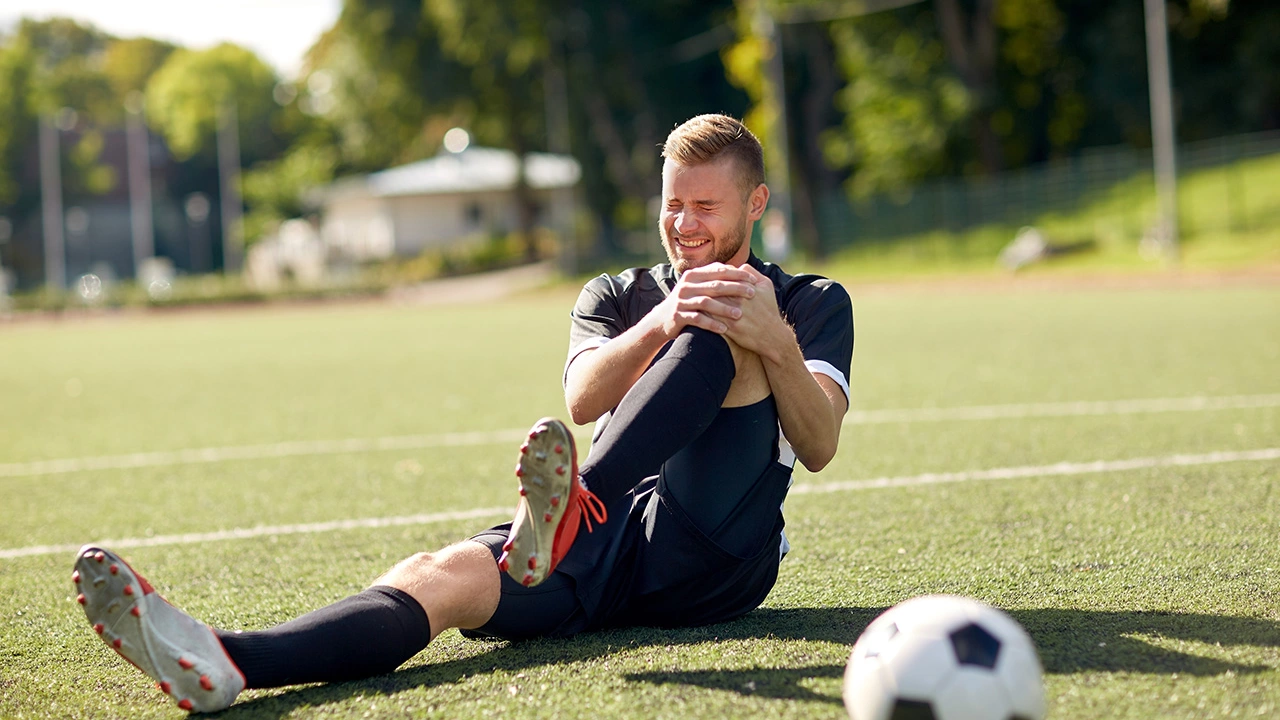Understanding the Anatomy of a Soccer Player's Knee
Before we delve into why soccer players often suffer from bad knees, it's crucial to understand the basic anatomy of a knee. The knee is a complex joint that connects the thigh bone to the shin bone. It is composed of several crucial elements such as tendons, cartilage, ligaments, and a joint capsule. Each of these parts works in unison to enable smooth, pain-free movement. However, the nature of soccer, which involves running, sudden stops, and directional changes, can put a tremendous amount of stress on these components, leading to various knee issues.
The Impact of Repetitive Strain on Knees
Soccer is a sport that requires constant running, jumping, and kicking - actions that put a significant amount of strain on the knees. Over time, this repetitive strain can lead to overuse injuries such as tendinitis or osteoarthritis. Tendinitis is the inflammation or irritation of a tendon, while osteoarthritis involves the degeneration of joint cartilage and the underlying bone. Both conditions can cause pain, stiffness, and a decrease in the range of motion, affecting a player's performance on the field.
Consequences of Direct Trauma and Injuries
Aside from the repetitive strain, soccer players are also prone to direct trauma and injuries due to the physical nature of the sport. Collisions with other players, falls, or incorrect landings can result in acute knee injuries like ligament tears or fractures. These injuries can be severe and often require substantial recovery time. ACL (Anterior Cruciate Ligament) injuries, for instance, are common in soccer and can sideline a player for several months, if not longer.
The Role of Poor Conditioning and Training
Proper conditioning and training are vital for any sport, and soccer is no exception. Poor conditioning can lead to muscular imbalances, which can increase the risk of knee injuries. Moreover, incorrect training techniques can lead to undue stress on the knees. For instance, improper kicking or landing techniques can cause a player to put excessive pressure on their knees, leading to injuries over time.
Can the Right Equipment Help?
While there's no foolproof way to prevent knee injuries in soccer, using the right equipment can certainly help reduce the risk. Wearing proper soccer cleats, for instance, can provide better support and reduce the chances of slipping and falling. Knee pads can also provide some protection against direct blows. Nonetheless, equipment alone cannot completely eliminate the risk of injury. Proper training, conditioning, and adherence to safety protocols are equally, if not more, important.
Importance of Proper Recovery and Rehabilitation
Last but not least, recovery and rehabilitation play a crucial role in dealing with knee injuries. If a player suffers from a knee injury, it's essential to seek immediate medical attention and follow a proper rehabilitation program. Ignoring an injury or rushing back to the field can lead to further damage and even long-term issues. Therefore, it's crucial to give your body the time it needs to heal and recover fully.
In conclusion, while soccer is a beautiful and exhilarating sport, it can take a toll on the players' knees due to the reasons mentioned above. However, with proper training, use of the right equipment, and adherence to recovery protocols, players can significantly reduce their risk of knee injuries and ensure a long, healthy career in the sport they love.
